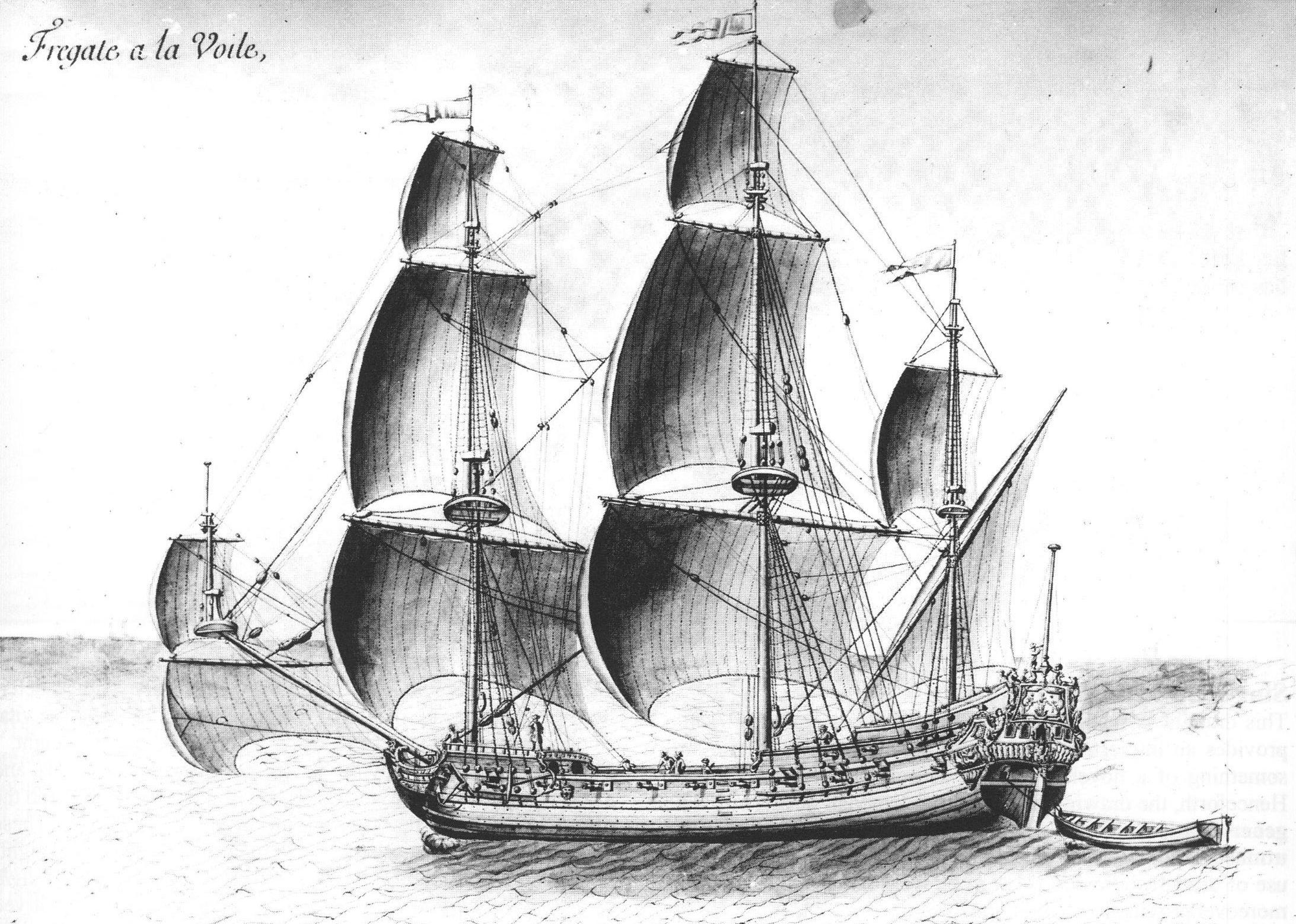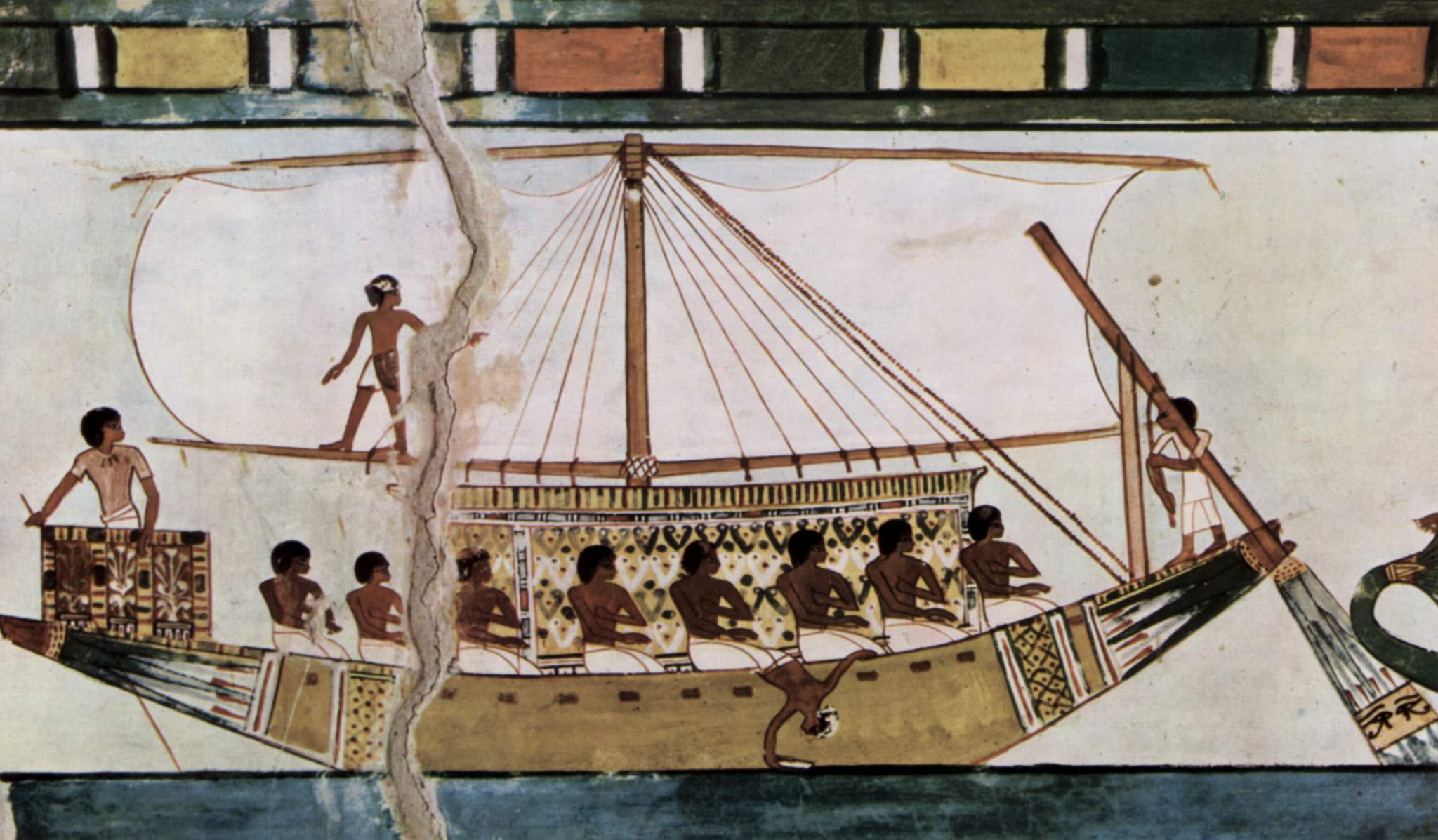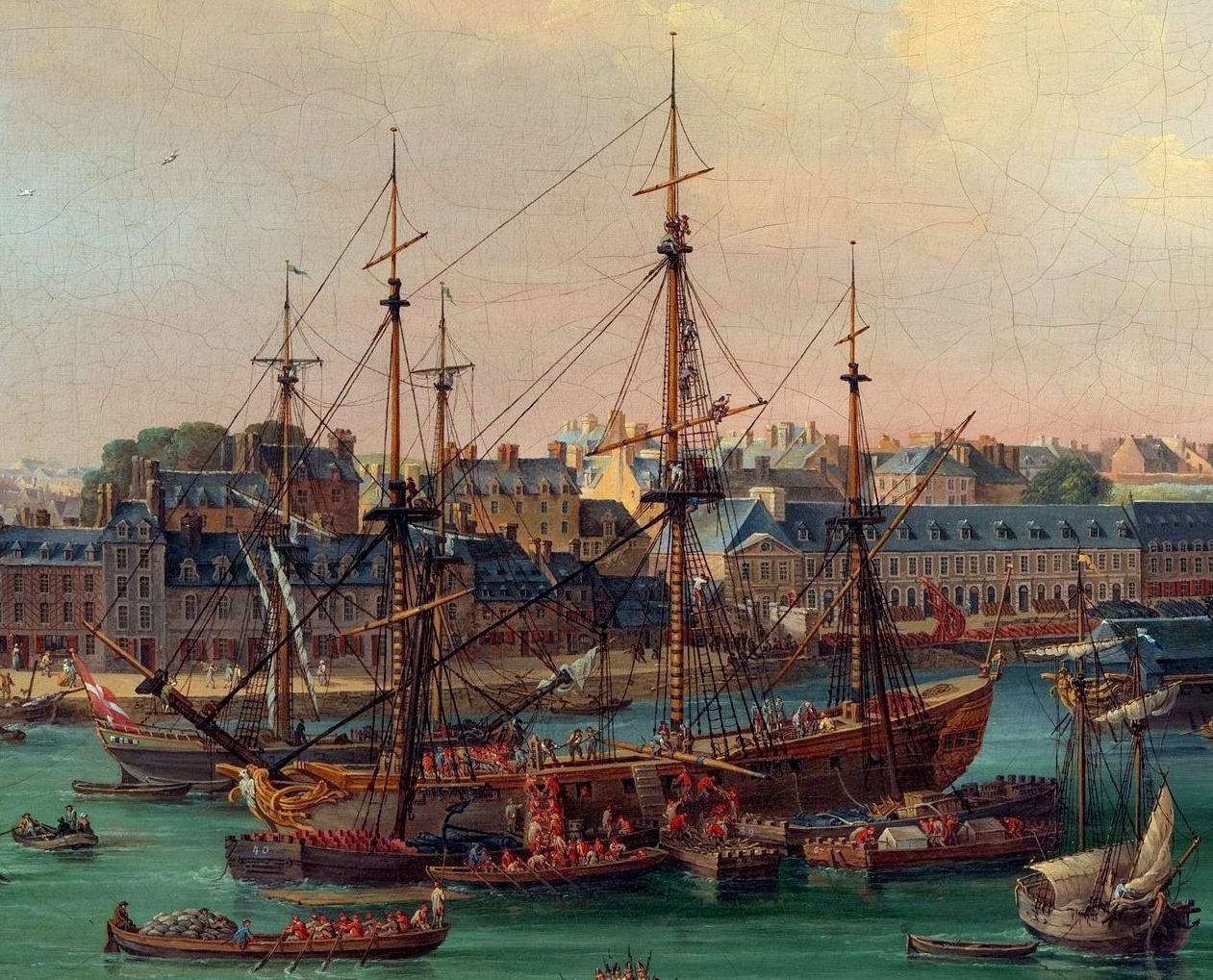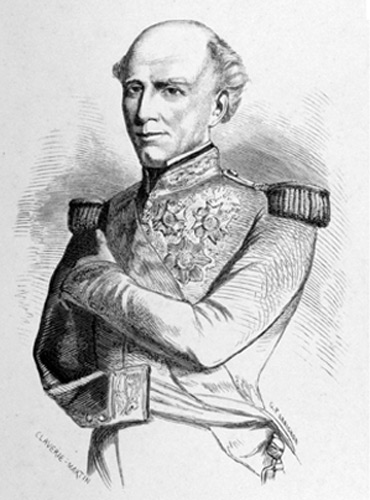|
French Frigate Iphigénie (1827)
The French frigate ''Iphigénie'' was a first rank frigate of the French Navy. Launched in Toulon in 1827, she took part in the Battle of Veracruz, and was eventually broken up in 1900. Career Launched in Toulon on 3 May 1827, ''Iphigénie'' was commissioned on 27 September. In 1838, under Captain Alexandre Ferdinand Parseval-Deschenes, she was part of a frigate squadron under Charles Baudin and took part in the Battle of Veracruz, where she was the third ship in the French line of battle. Between 1844 and 1850, ''Iphigénie'' was used as a schoolship in Toulon. She was decommissioned on 1 July 1872 and used as a mooring hulk. Renamed to ''Druide'' in 1877, she was struck in 1891, and broken up in 1900. Notes and references References ''Sail Frigates (1st class, 60 guns, launched 1825-47)'' {{DEFAULTSORT:Iphigenie (1837) 1827 ships Age of Sail frigates of France Frigates of the French Navy ... [...More Info...] [...Related Items...] OR: [Wikipedia] [Google] [Baidu] |
French Corvette Créole (1829)
The ''Créole'' was a 24-gun of the French Navy. Career She took part in the Pastry War under lieutenant commander de Joinville, and most notably in the Bombardment of San Juan de Ulloa. On 20 January 1844, ''Créole'' was driven ashore on Negropont, Greece. She was refloated on 27 January with assistance from and taken in to Piraeus, Greece, where she sank. She was later refloated. Model A finely crafted shipyard model is on display at the Musée national de la Marine in Paris. It was originally stored in the office of the prince de Joinville The first known lord of Joinville (French ''sire'' or ''seigneur de Joinville'') in the county of Champagne appears in the middle of the eleventh century. The former lordship was raised into the Principality of Joinville under the House of Guis .... File:La Créole img 0356.jpg File:La Créole img 0354.jpg File:Creole mg 7187.jpg File:Bombardement de St Jean d Ulloa en 1838 devant Veracruz.jpg, Bombardment of San Juan d ... [...More Info...] [...Related Items...] OR: [Wikipedia] [Google] [Baidu] |
French Frigate Gloire (1837)
''Gloire'' was a 52-gun frigate of the French Navy. She took part in the Battle of Veracruz i Mexico soon after her commissioning. ''Gloire'' was decommissioned in Brest in 1843, but reactivated in 1847 under Captain Lapierre for operations in the Sea of China The sea, connected as the world ocean or simply the ocean, is the body of salty water that covers approximately 71% of the Earth's surface. The word sea is also used to denote second-order sections of the sea, such as the Mediterranean Sea, .... She took part in the Bombardment of Tourane on 15 April 1847. On 18 August 1847, she ran aground on an island off the western coast of Korea, along with the frigate ''Victorieuse''. Two boats made it to Shanghai to request assistance, and the marooned crew was picked up by , , and on 12 September 1847. Citations References * {{DEFAULTSORT:Gloire (1837) Age of Sail frigates of France 1837 ships Maritime incidents in August 1847 Shipwrecks of Korea ... [...More Info...] [...Related Items...] OR: [Wikipedia] [Google] [Baidu] |
French Frigate Néréide (1836)
''Néréide'' was a 52-gun frigate A frigate () is a type of warship. In different eras, the roles and capabilities of ships classified as frigates have varied somewhat. The name frigate in the 17th to early 18th centuries was given to any full-rigged ship built for speed and ... of the French Navy. She took part in the Battle of Veracruz soon after her commissioning. As a transport, she took part in the Crimean War. She was eventually decommissioned in 1887, and broken up in 1896.Winfield & Roberts p.111 See also * List of French sail frigates Citations References * * {{DEFAULTSORT:Nereide (1836) Age of Sail frigates of France 1836 ships Maritime incidents in May 1839 ... [...More Info...] [...Related Items...] OR: [Wikipedia] [Google] [Baidu] |
Flag Of France (1814–1830)
The national flag of France (french: link=no, drapeau français) is a tricolour featuring three vertical bands coloured blue ( hoist side), white, and red. It is known to English speakers as the ''Tricolour'' (), although the flag of Ireland and others are also so known. The design was adopted after the French Revolution; while not the first tricolour, it became one of the most influential flags in history. The tricolour scheme was later adopted by many other nations in Europe and elsewhere, and, according to the '' Encyclopædia Britannica'' has historically stood "in symbolic opposition to the autocratic and clericalist royal standards of the past". Before the tricolour was adopted the royal government used many flags, the best known being a blue shield and gold fleur-de-lis (the Royal Arms of France) on a white background, or state flag. Early in the French Revolution, the Paris militia, which played a prominent role in the storming of the Bastille, wore a cockade ... [...More Info...] [...Related Items...] OR: [Wikipedia] [Google] [Baidu] |
Civil And Naval Ensign Of France
{{disambiguation ...
Civil may refer to: *Civic virtue, or civility *Civil action, or lawsuit * Civil affairs *Civil and political rights *Civil disobedience *Civil engineering *Civil (journalism), a platform for independent journalism *Civilian, someone not a member of armed forces *Civil law (other), multiple meanings *Civil liberties *Civil religion *Civil service *Civil society *Civil war *Civil (surname) Civil is a surname. Notable people with the surname include: *Alan Civil (1929–1989), British horn player *François Civil (born 1989), French actor * Gabrielle Civil, American performance artist *Karen Civil (born 1984), American social media an ... [...More Info...] [...Related Items...] OR: [Wikipedia] [Google] [Baidu] |
Sailing Frigate
A frigate () is a type of warship. In different eras, the roles and capabilities of ships classified as frigates have varied somewhat. The name frigate in the 17th to early 18th centuries was given to any full-rigged ship built for speed and maneuverability, intended to be used in scouting, escort and patrol roles. The term was applied loosely to ships varying greatly in design. In the second quarter of the 18th century, the 'true frigate' was developed in France. This type of vessel was characterised by possessing only one armed deck, with an unarmed deck below it used for berthing the crew. Late in the 19th century (British and French prototypes were constructed in 1858), armoured frigates were developed as powerful ironclad warships, the term frigate was used because of their single gun deck. Later developments in ironclad ships rendered the frigate designation obsolete and the term fell out of favour. During the Second World War the name 'frigate' was reintroduced to de ... [...More Info...] [...Related Items...] OR: [Wikipedia] [Google] [Baidu] |
Sails
A sail is a tensile structure—which is made from fabric or other membrane materials—that uses wind power to propel sailing craft, including sailing ships, sailboats, windsurfers, ice boats, and even sail-powered land vehicles. Sails may be made from a combination of woven materials—including canvas or polyester cloth, laminated membranes or bonded filaments—usually in a three- or four-sided shape. A sail provides propulsive force via a combination of lift and drag, depending on its angle of attack—its angle with respect to the apparent wind. Apparent wind is the air velocity experienced on the moving craft and is the combined effect of the true wind velocity with the velocity of the sailing craft. Angle of attack is often constrained by the sailing craft's orientation to the wind or point of sail. On points of sail where it is possible to align the leading edge of the sail with the apparent wind, the sail may act as an airfoil, generating propulsive force as air p ... [...More Info...] [...Related Items...] OR: [Wikipedia] [Google] [Baidu] |
Carronades
A carronade is a short, smoothbore, cast-iron cannon which was used by the Royal Navy. It was first produced by the Carron Company, an ironworks in Falkirk, Scotland, and was used from the mid-18th century to the mid-19th century. Its main function was to serve as a powerful, short-range, anti-ship and anti-crew weapon. The technology behind the carronade was greater dimensional precision, with the shot fitting more closely in the barrel thus transmitting more of the propellant charge's energy to the projectile, allowing a lighter gun using less gunpowder to be effective. Carronades were initially found to be very successful, but they eventually disappeared as naval artillery advanced, with the introduction of rifling and consequent change in the shape of the projectile, exploding shells replacing solid shot, and naval engagements being fought at longer ranges. History The carronade was designed as a short-range naval weapon with a low muzzle velocity for merchant ships, ... [...More Info...] [...Related Items...] OR: [Wikipedia] [Google] [Baidu] |
French Navy
The French Navy (french: Marine nationale, lit=National Navy), informally , is the maritime arm of the French Armed Forces and one of the five military service branches of France. It is among the largest and most powerful naval forces in the world, ranking seventh in combined fleet tonnage and fifth in number of naval vessels. The French Navy is one of eight naval forces currently operating fixed-wing aircraft carriers,Along with the U.S., U.K., China, Russia, Italy, India and Spain with its flagship being the only nuclear-powered aircraft carrier outside the United States Navy, and one of two non-American vessels to use catapults to launch aircraft. Founded in the 17th century, the French Navy is one of the oldest navies still in continual service, with precursors dating back to the Middle Ages. It has taken part in key events in French history, including the Napoleonic Wars and both world wars, and played a critical role in establishing and securing the French ... [...More Info...] [...Related Items...] OR: [Wikipedia] [Google] [Baidu] |
Battle Of Veracruz (1838)
The Battle of Veracruz, also known as the Battle of San Juan de Ulúa, was a naval engagement that pitted a French frigate squadron under Rear Admiral Charles Baudin against the Mexican citadel of San Juan de Ulúa, which defended the city of Veracruz, from 27 November to 5 December 1838. Having crossed the Atlantic to settle a dispute between France and Mexico, the squadron anchored off Veracruz and negotiated until all diplomatic means to resolve the dispute appeared exhausted. After announcing that hostilities would begin, Baudin had his squadron bombard the fort. French fire, particularly heavy mortars mounted on bomb vessels and Paixhans guns on frigates, silenced the citadel and forced it to surrender on 28 November, a remarkable feat for the time. Mexican authorities, however, refused to cave in to French demands, forcing Baudin to mount a raid against the city itself on 5 December. Despite its limited ground forces, the French squadron succeeded in capturing Gen. Mariano ... [...More Info...] [...Related Items...] OR: [Wikipedia] [Google] [Baidu] |
Alexandre Ferdinand Parseval-Deschenes
Alexandre Ferdinand Parseval-Deschenes (27 November 1790 – 10 June 1860) was a French admiral and senator. Life Born in Paris to an aristocratic family, Alexandre was the nephew of the mathematician Marc-Antoine Parseval and the Académicien François-Auguste Parseval-Grandmaison. He volunteered for the Navy in 1804 and participated in the recapture of Fort Le Diamant on Martinique, then fought at Trafalgar as an aspirant on board '' Bucentaure'', the admiral's flagship. As an enseigne de vaisseau, Parseval-Deschenes participated in the 1815 hydrographic investigations of Brittany. In 1817 he took part in the expedition that retook Guyana for France, ending its occupation by Portugal, and then commanded the French naval station in that colony for two years. In 1822, as lieutenant de vaisseau, Alexandre was awarded the Légion d'honneur for successfully rescuing the crew of the frigate '' Africaine'', shipwrecked on the Newfoundland coast. He then commanded the frigat ... [...More Info...] [...Related Items...] OR: [Wikipedia] [Google] [Baidu] |
Charles Baudin
Charles Baudin (21 July 1784 – 7 June 1854), was a French admiral, whose naval service extended from the First Empire through the early days of the Second Empire. Biography From 1800, Baudin served as a midshipman on ''Géographe'' and took part in her expedition to Australia. Baudin lost an arm in 1808 while serving in the Indian Ocean on ''Sémillante'', during her battle against HMS ''Terpsichore''."L'Amiral Baudin" by Jurien De La Gravière, p.50 (590 on the file) to 53 (593) In 1812, as Lieutenant and Commander of the brig ''Renard'' off Genoa, he received the order to convey 14 munitions-laden cargo vessels to Toulon. Although he was pursued by English cruisers, he was able to take his squadron safely to St. Tropez, notably engaging HMS ''Swallow'' on 11 June. In Toulon he was promoted to Captain. After the battle of Waterloo he was prepared to lead his defeated Emperor Napoleon I through the midst of the English cruisers; Napoleon, however, could not make up ... [...More Info...] [...Related Items...] OR: [Wikipedia] [Google] [Baidu] |




